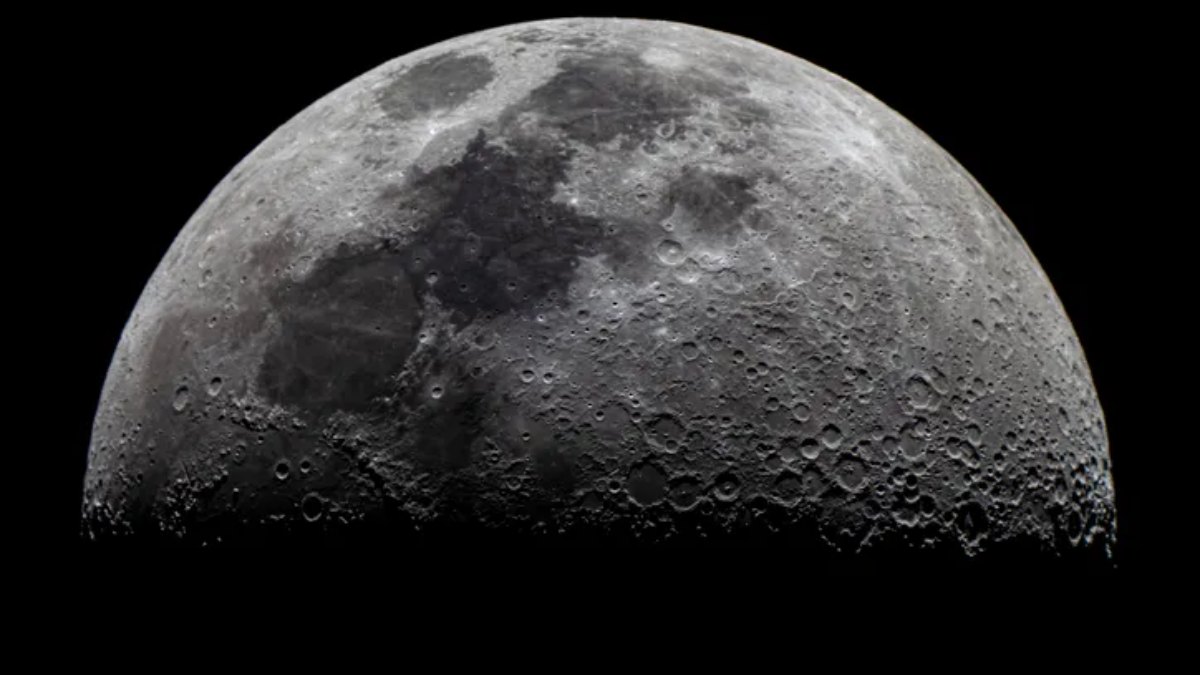The moon’s influence on Earth is significant. Social media speculation suggests seismic activity is causing the moon to contract. Analysis of lunar thrust faults supports this claim.
As per the BBC, the moon has gradually decreased in radius over hundreds of millions of years. Recent evaluations reveal its core has shrunk by approximately 50 meters. This finding stems from the examination of thrust fault images captured by Apollo missions and NASA’s Lunar Reconnaissance Orbiter, exposing deficiencies in Apollo-era seismometers.
NASA scientists have made an intriguing discovery about the moon’s composition. With an inner core spanning roughly 500 kilometers, it exhibits partial molten properties but is notably less dense than Earth’s core.
This core, though still cold, is experiencing a gradual shrinkage, causing fractures in the fragile outer crust. These fractures manifest as cracks and wrinkles on the lunar surface, a process ongoing to this day, influenced by Earth’s gravitational pull.
Also Read: Maldives Blocks Israeli Citizens, President Muizzu Kicks Off Fundraiser For Palestine
Concerning its impact on humans, NASA scientists assure that immediate effects are unlikely. The moon’s gradual contraction means its apparent size in the sky won’t significantly alter to affect human life. Importantly, the moon’s mass remains stable, ensuring the gravitational force between it and Earth remains constant, thus negating negative consequences on our planet.
However, the moon’s orbit is gradually expanding by approximately 3.8 centimeters annually, leading to its drift away from Earth. Consequently, Earth’s rotation slows, lengthening each day by around 2.3 milliseconds.
Also Read: B-21 Raider: New U.S. Stealth Bomber Heightens Tension For China And Russia













